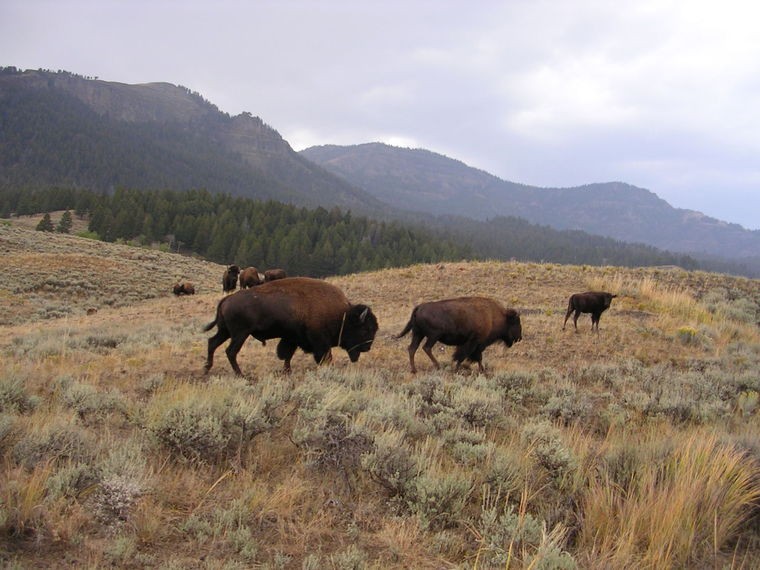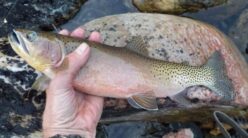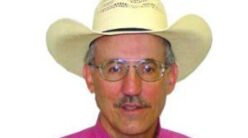If I remember correctly, about two years ago I wrote about finding a small number of bison on mountain property that my family owns.
We later learned that they were part of a group of bison that had escaped from the Fort Hall Indian Reservation bison herd. The Fort Hall reservation started their bison herd in 1966 with 21 bison acquired from North Dakota’s Theodore Roosevelt National Park. Now there are over 300 bison.
The relationship between the Native Americans and the bison they depended on for food, shelter, and nearly every other material was an essential part of Native American culture and religion for centuries. Then, between 1872 to 1874, an estimated 4.5 million bison were slaughtered by hunters, the Army and a large population of civilians moving west.
Several weeks ago, 10 bison from a genetically pure population that the federal government maintains in Iowa were released onto the the Wind River Indian Reservation in Wyoming. The Eastern Shohone Tribe is hoping that one day these 10 bison will grow into a thousand animals on 750,000 acres that the tribe owns. That is more land than inside Yellowstone park.
In April, 89 genetically pure bison were placed on Montana’s Blackfeet Indian Reservation. These bison were transported by train from Canada’s Elk Island Park. These bison are certified to be brucellosis-free and will start a herd that will roam 4,000 square miles of Blackfeet land, as well as Glacier National Park and Badger-Two Medicine Wilderness. These bison are descendants of 410 bison bought by the Canadian government and transferred from Montana in 1907.
In 2012, Montana’s Fort Peck Indian Reservation received 70 genetically pure bison, certified free of brucellosis from Yellowstone National Park. They joined a herd of 200 animals already on the reservation.
The Confederated Salish and Kootenai Tribes of the Flathead Reservation co-manage the National Bison Range in Western Montana with the U.S. Fish and Wildlife Service.
Montana’s Crow Reservation has the largest herd of 1,000 bison on about 300,000 acres.
These are some examples of efforts to build bison herds on reservation lands in the Western United States. Concerns of diabetes among Native Americans has begun a movement to return to a more traditional diet of bison.
Most tribes permit tribal members to conduct limited bison hunts. Some tribes also allow the general public to hunt bison. In 2010, the Fort Belknap Reservation sold five tags for trophy bulls for $3,000 each.
Hopefully, the restoration of bison to Western Native American lands will help restore an important part of the heritage and culture of the tribes.
Smokey Merkley was raised in Idaho and has been hunting since he was 10 years old. He was a member of the faculty of Texas A&M University for 25 years. There he taught orienteering, marksmanship, self-defense, fencing, scuba diving and boxing. He was among the first DPS-certified Texas Concealed Handgun Instructors. He can be contacted at mokeydo41245@hotmail.com.



